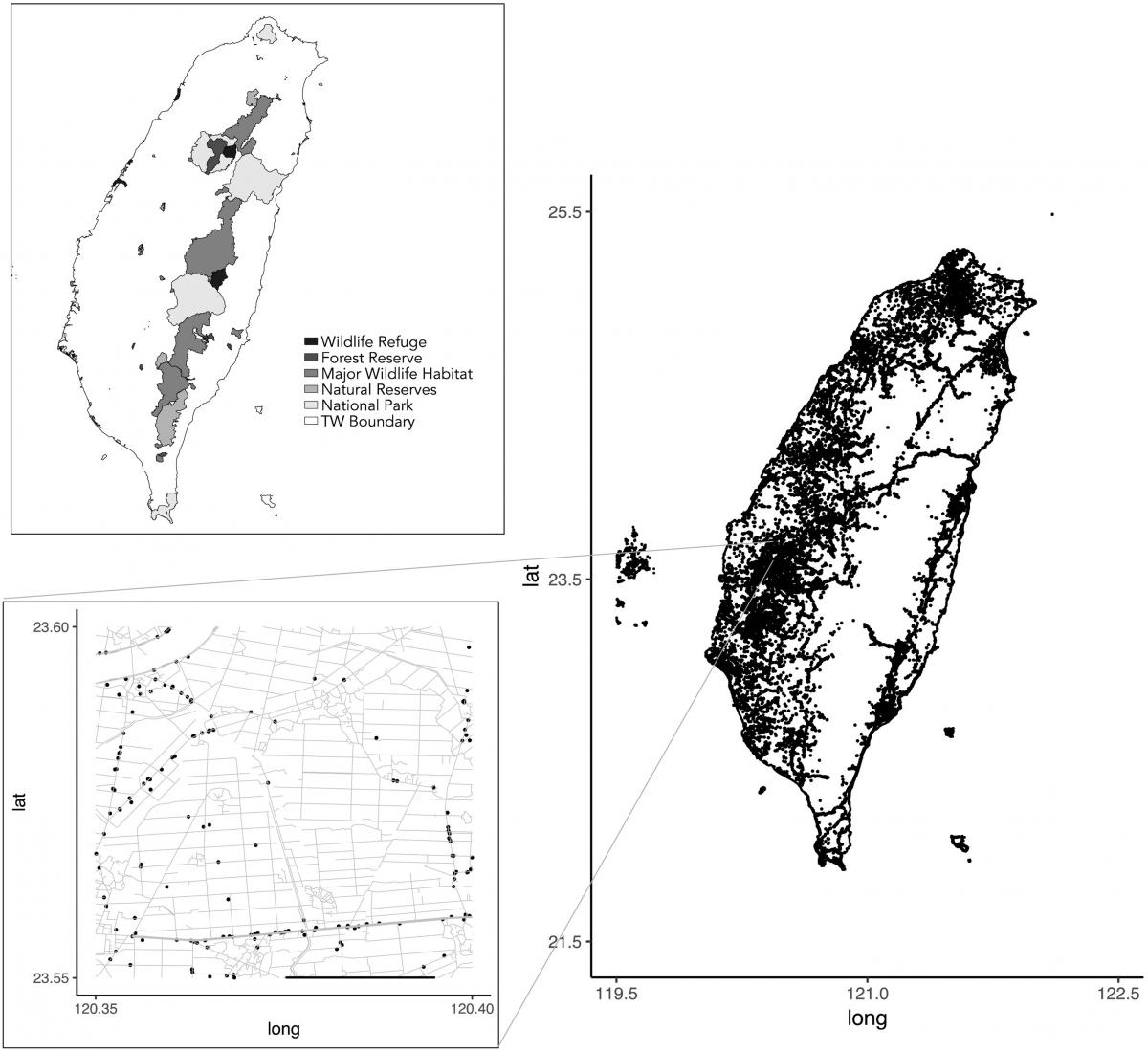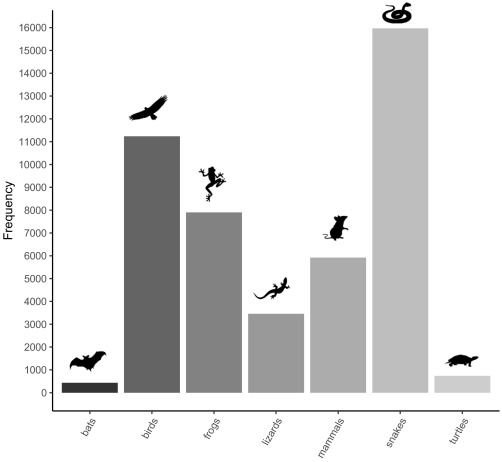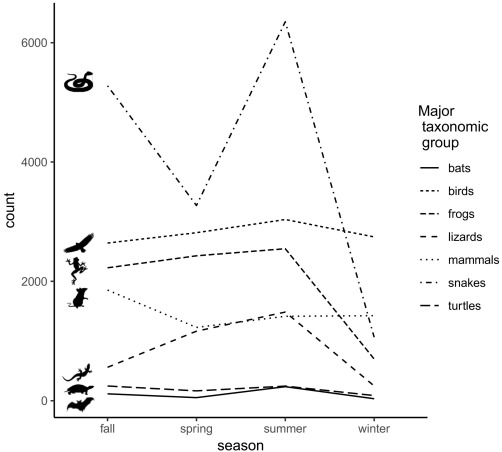
Fig. 1. Map of Taiwan with outlying islands, showing the 45,653 TaiRON roadkill observations (black points) that were used for analyses. The upper inset shows a map of protected areas (in shades of gray) in Taiwan. Most protected area coverage is within the steep and rugged terrain of Taiwan's Central Mountain Range which has remained largely roadless. The lower inset is an example of roadkill observations (black points) plotted in a 5 km2 area against the network of roads in gray.
Abstract
Roadkill is among the most severe and insidious causes of impoverishment of vertebrate populations. As large roadkill databases develop, inferences from roadkill data can inform landscape-scale studies with broad conservation aims. The Taiwan Roadkill Observation Network (TaiRON) is one of the largest roadkill databases, and we elucidated taxonomic, seasonal, and temporal trends of roadkill in Taiwan, as well as patterns of protected species roadkill. Notably, the study revealed that snakes were the largest proportion of all roadkill (35%) and 26% of snake roadkills were of protected species. Additionally, the top 23 species of a total 496 species ranked by roadkill abundance made up 50% of the observations. During winter, there were significantly fewer roadkill observations of bats, lizards, and snakes, but birds and mammals had fairly consistent roadkill across seasons. Additionally, 19% percent of the observations were of protected species. The staggering magnitude and extent of roadkill observations collected by TaiRON indicates a clear impact of roads of on Taiwan's vertebrate fauna. The patterns demonstrate that certain taxonomic groups are disproportionately killed on roads, and a small number of species account for most of the mortality. Additionally, certain seasons account for higher frequency of road kills, especially for ectothermic taxa. These are important insights, as this means that there are groups that are highly and disproportionately affected by roads. We hope this first synthesis of all data from TaiRON provides an understanding of the magnitude of roadkill in Taiwan to inform conservation action.

Fig. 3. TaiRON vertebrate roadkill observations by major taxonomic group from 2011 to 2018.

Fig. 7. Aggregated seasonal TaiRON roadkill observations from 2011 to 2018 per major taxonomic group.
Keywords
Wildlife-vehicle collisions, Road ecology, Crowd-sourced data, Road-effect zone, Community-based research
https://doi.org/10.1016/j.biocon.2019.07.014(There is free access until 7 Sept 2019)